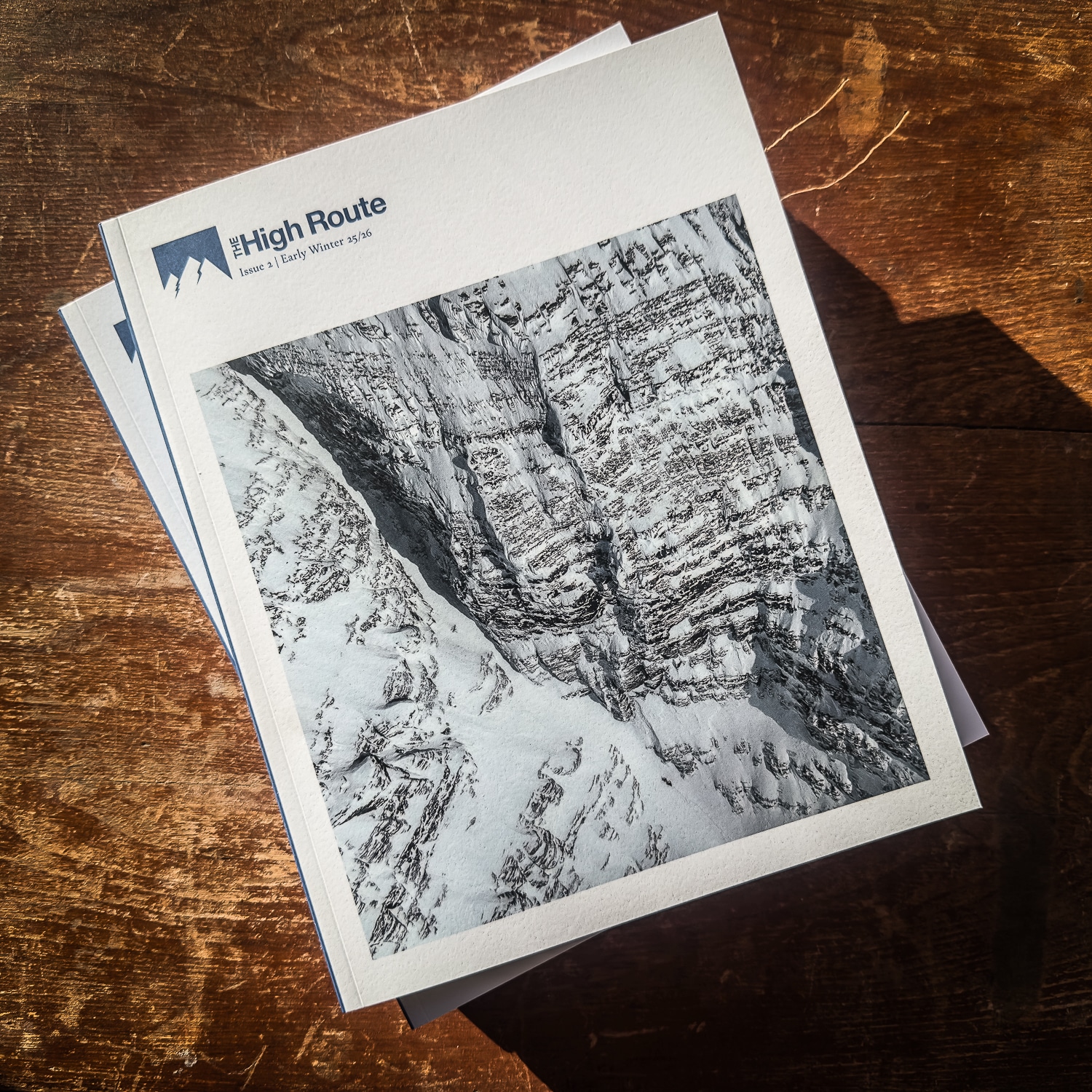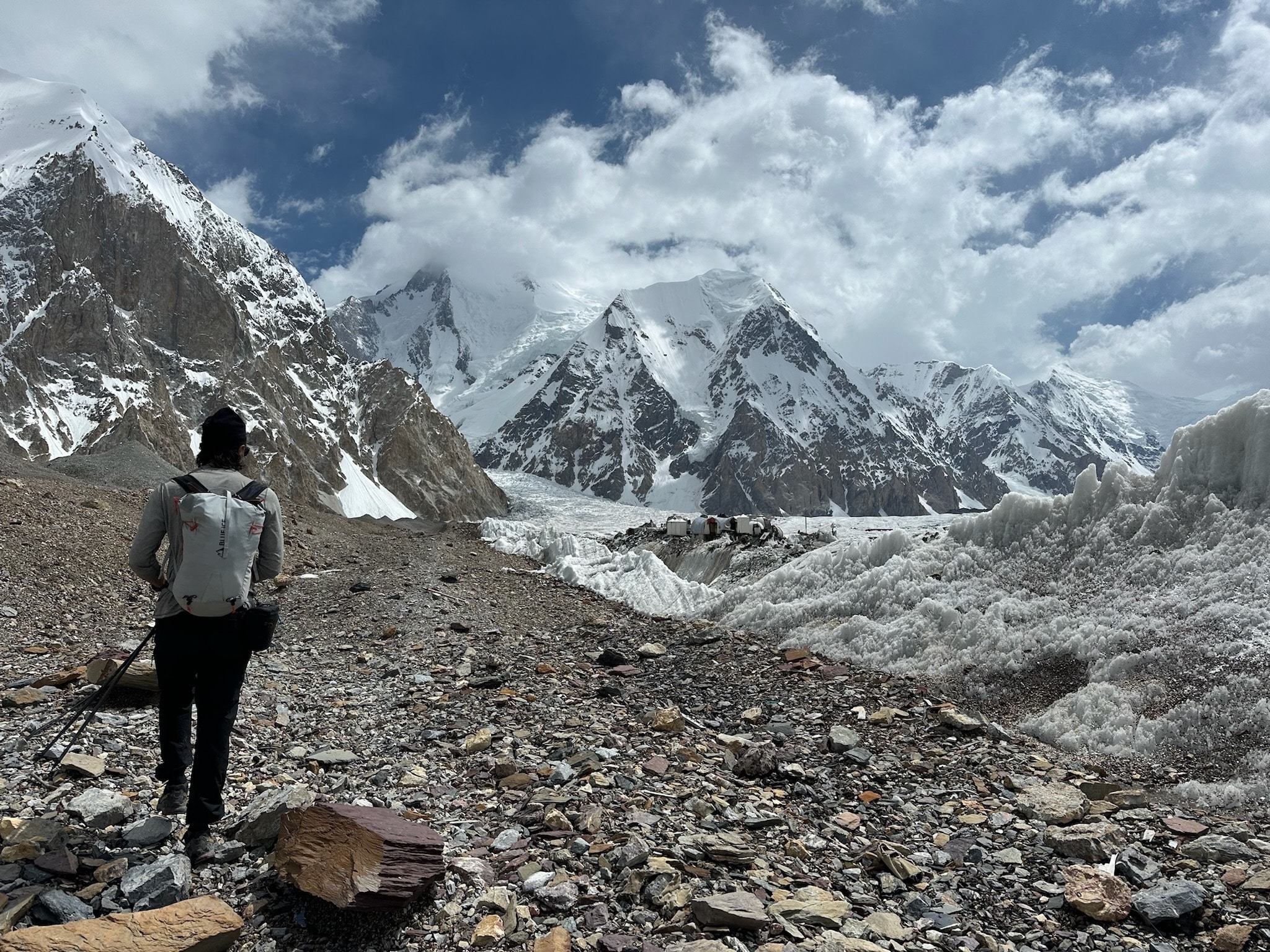On Dec. 6, the International Climbing and Mountaineering Federation (UIAA) released their recommendations for the use of avalanche transceivers in proximity to other devices we carry (or that might be in the environment, like overhead power lines) that emit electromagnetic radiation.
Electromagnetic radiation can cause electromagnetic interference, known as EMI. EMI is a big deal when considering the use of avalanche transceivers.
In the past decade, the number of personal devices we carry that emit electromagnetic radiation has increased—think cell phones, InReach type devices, GPS watches, heated socks/gloves, FRS/GMRS radios, Go Pro type cameras, and even headlamps. Depending on the individual, the list could likely go on. And we didn’t go into metal objects (including foils) and magnets, which can also cause interference.
Wearing an Avalanche Transceiver
Traditionally, we think of two primary places to carry a transceiver while touring: in a dedicated pants pocket with a sewn-in/reinforced clip to secure the unit or a proprietary harness (supplied with the unit) that positions the transceiver somewhere between the belly button and sternum. We bring this up because the graphics we include in the article, one from the UIAA and the other from Avalanche Canada, illustrate the transceiver when in transmit mode as being worn in the chest harness. The new recommended guidelines apply if you wear a transceiver in the harness or pant pocket.
Let’s take a short break in our programming. Much of what we write about here isn’t new, which sorta makes it not news. Over the years, EMI and solutions-oriented fixes have been bantered about. The revered The Avalanche Review (TAR) often publishes on the topic. A random search derives a piece from the April 2013 issue titled Interference Concerning Avalanche Rescue Transceivers by Manuel Genswein.
In short, here’s an excerpt from that paper’s recommendations: “In transmit mode a minimum distance of 20cm must be kept between avalanche rescue transceivers and any metallic object or electronic device. In search mode, keep a minimum distance of 50cm.”
Here we are a decade later. After combing through the literature and real-world experience, the 20-50 rule reigns. We’ll break down the UIAA recommendations by transmit and search modes.
Back to the scheduled programming by first discussing modes of interference.
Passive Interference Impacting Both Send & Search
Passive interference defines EMI as caused by objects/materials not actively consuming energy. The UIAA states, “Metal parts, electronic devices with metal cases, foils and wire mesh; magnets.
➔Keep >20cm distance from metal parts and magnets.”
Passive interference is known to cause “misleading distance and direction indications,” which, in the avalanche scene, we know as range reduction and false positives—all things that can critically impact rescue efficiency.
Active Interference Affecting Search
Active interference comes from any gear/equipment “consuming energy.” All these gadgets emit electronic noise. The UIAA advises following the rules outlined in their recommendations for searching, which we’ll get to in a bit, to reduce and eliminate the likelihood of range reduction and a “false positive.”
We raised this point in our first piece on transceivers and EMI; it is well worth watching Bruce Edgerly’s talk on the topic. We are relinking it below. Edgerly goes deep, describing the nuances of passive and active interference and how to recognize how EMI might affect a search. It is also worth noting and honoring Edgerly’s advice: go out and practice rescue scenarios in electronically noisy environments.
If you are new to the concept of EMI and are looking for an intermediate level discussion on the topic, this presentation by BCA’s Bruce Edgerly on transceivers and EMI is excellent.






Leave a Reply
You must be logged in to post a comment.